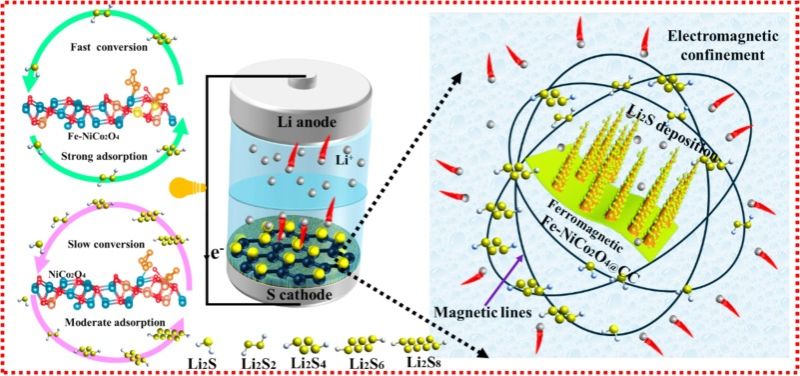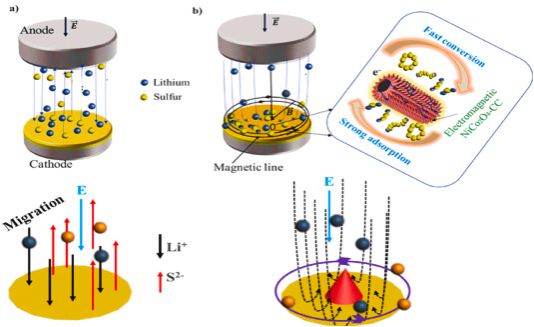Published and edited by: Cheng Yu
WUST News - Songwe Selabi Naomie Beolle, an international doctoral student at Wuhan University of Science and Technology (WUST), has made significant advances in the field of lithium-sulfur battery research. As the first author, she has published five academic papers in internationally renowned journals such as the Chemical Engineering Journal (CAS Q1, IF 13.2), Energy (CAS Q1, IF 9.4), and Journal of Power Sources (CAS Q3, IF 8.5). She has also contributed as co-authored to several papers in journals like the Journal of Energy Chemistry and Energy, providing important theoretical foundation for addressing key technological challenges of high-energy-density batteries.
During her studies, Dr. Songwe focused on the design of nano-functional materials and their application in novel energy storage systems, with a particular emphasis on systematic research of composite cathode materials for lithium-sulfur batteries. In her paper published in the Chemical Engineering Journal titled Electromagnetic confinement of polysulfides for shuttle suppression of Li-S batteries, she systematically revealed the impact mechanism of the electromagnetic properties of NiCo₂O₄-doped materials on battery polarization and redox kinetics.
This research achieved a high areal capacity (13.5 mAh cm⁻⟡, 0.1C) for lithium-sulfur batteries under high sulfur loading conditions (12.9 mg cm⁻⟡, 3.3 µL/mg) and effectively suppressed the "shuttle effect" of polysulfides.

Figure 1: Electromagnetic Confinement Mechanism of the Carrier
Additionally, in her recent research paper published in Energy titled "Electromagnetic tuning for efficient polarization regulation and fast polysulfide conversion of Li-S battery," Songwe further proposed optimizing and utilizing the intrinsic magnetic field of NiCo₂O₄ nanowires by adjusting their size and crystal structure.
This approach effectively regulates the reaction activity and diffusion pathways at the electrolyte/cathode interface, significantly enhancing battery performance. The study reported a specific capacity of 1496.1 mAh g⁻¹ at 0.1C, demonstrating considerable application potential.

Figure 2: Schematic Diagram of the Mechanism by Which NiCo₂O₄ Nanowire Composite Cathode Improves the Electrochemical Performance of Li-S Batteries
Dr. Songwe Selabi Naomie Beolle obtained her Bachelor's and master’s degrees in Renewable Energy from the National Advanced School of Engineering of Maroua, Cameroon, in 2015 and 2017, respectively. In 2020, she received a full scholarship to pursue her doctoral studies at WUST, conducting research under the guidance of Professor Zhou Yingke from the School of Materials Science. She successfully defended her dissertation and was awarded her Ph.D. degree in June this year. Dr. Songwe will soon begin her postdoctoral research at the School of Chemistry and Materials Science at South-Central University for Nationalities. (School of International Education, Faculty of Materials)